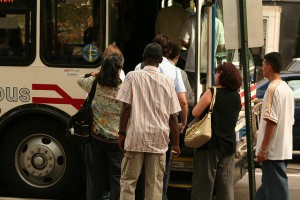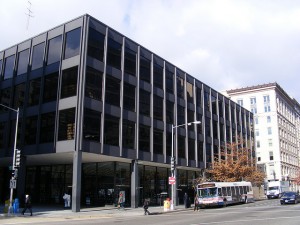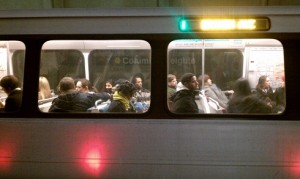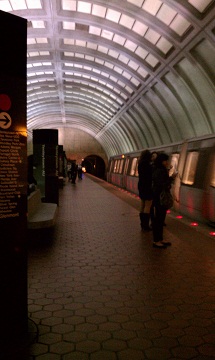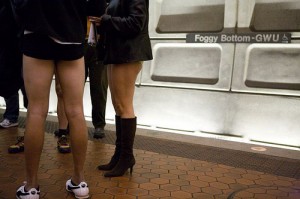Housing in the D.C. suburbs costs a lot less than in the city, particularly with rising housing costs, but higher transportation costs could outweigh the savings.
That’s according to a new report [PDF] by the D.C. Office of Planning, which shows residents in dense neighborhoods such as Columbia Heights spend an average of $840 a month on transportation, whereas those living in suburbs in Montgomery County could spend $1,177 a month. DCist reports:
The numbers bear out what many people know from experience — higher residential density and more transit options make it cheaper for people to get around. Sure, you might be paying more for less space in that new house or condo, but alternatives further asunder may well spike your costs for getting to and from work.
Living in a smaller apartment or house in order to be closer to buses and Metro stations may not be feasible for everyone. Having less space isn’t as big an issue if you’re single or are living with one partner. But if you have three kids and a spouse, your quality of life could be significantly reduced by living in together in a small place. Perhaps the decision to move from D.C. and into the suburbs isn’t the best bottom-dollar choice for single folks. But some families may make the move because they can’t justify living in such cramped quarters so that one or two adults have cheaper and quicker commutes.



